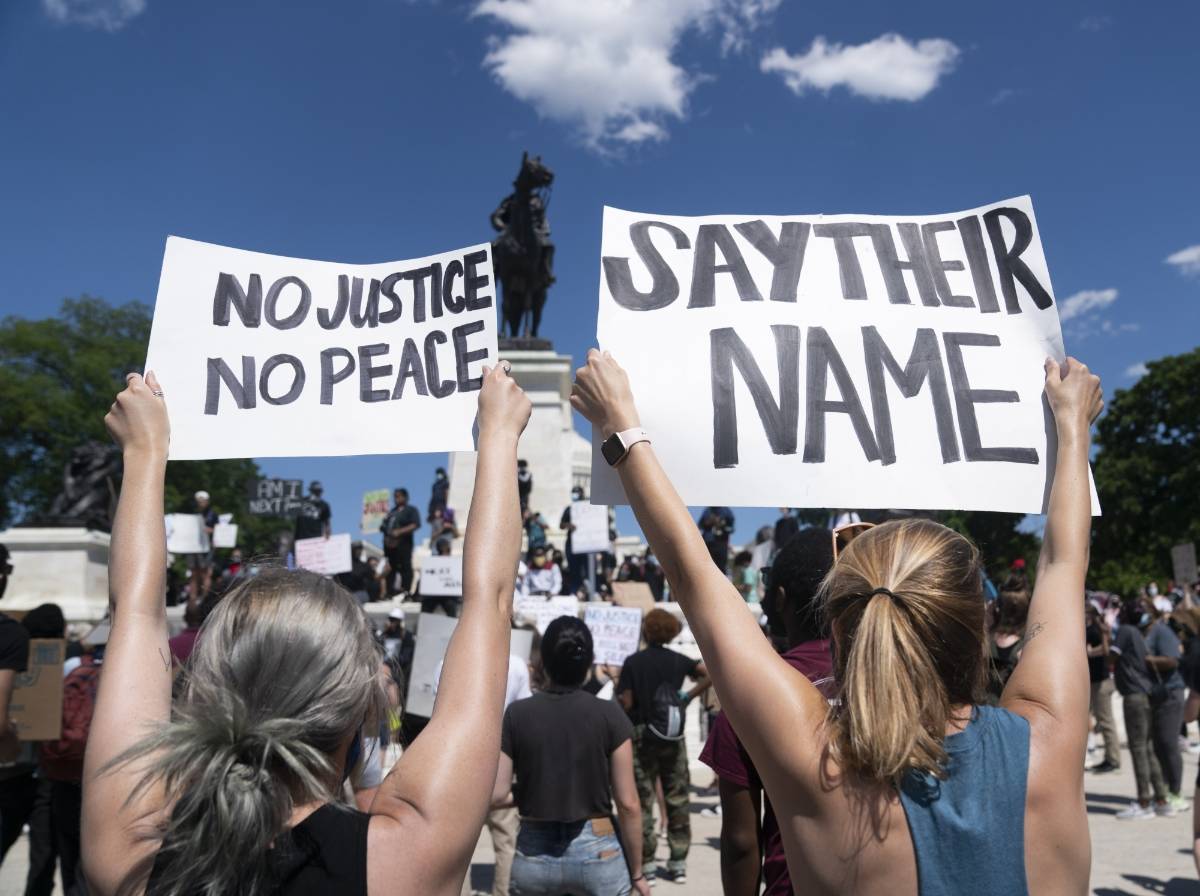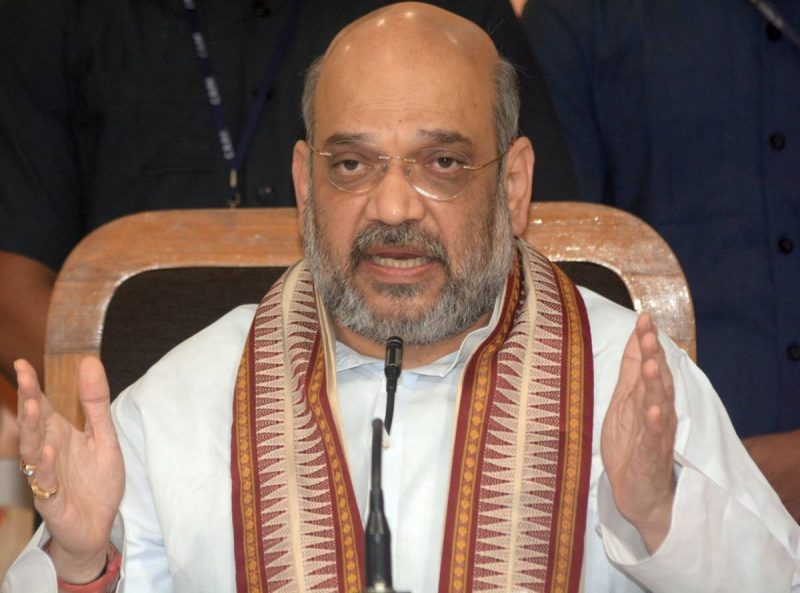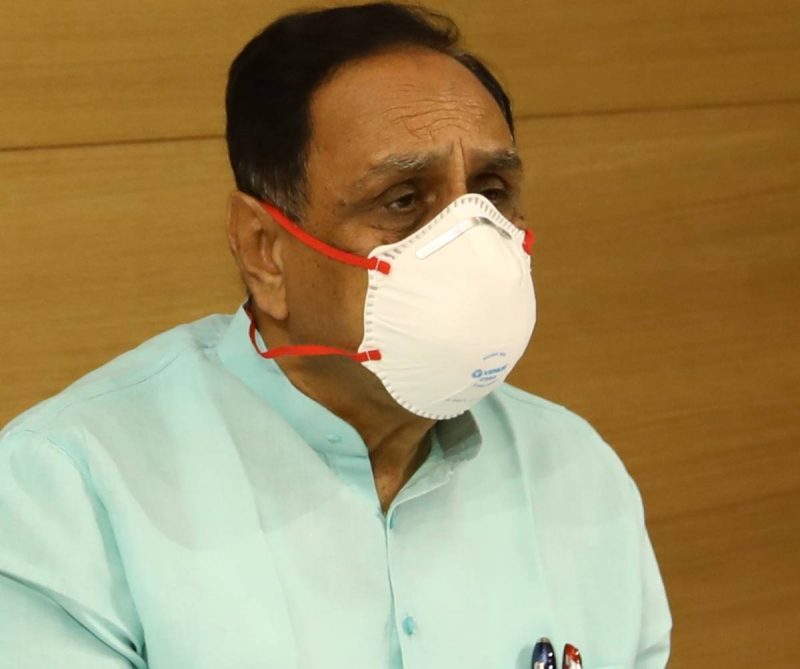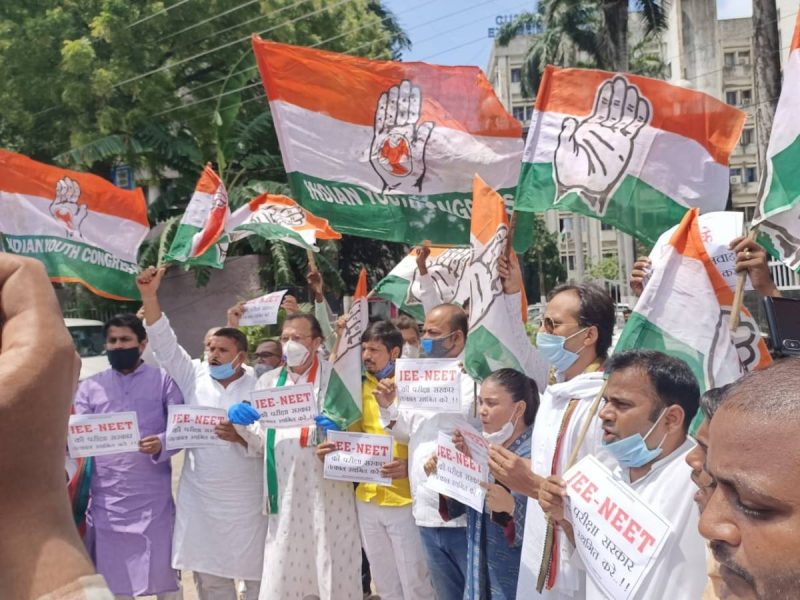Though work on the ambitious Agra Metro rail project has begun, no thought has been given to the restructuring and redesigning of the existing road network in the city…reports India Daily News
“Soon the whole city would be dug up for laying the underground tracks and pillars for the Metro. This city has a historical monument every kilometre. One hopes that no harm would come to the heritage structures,” said Surendra Sharma, founder president of Agra Hotels and Restaurants Association.
Many people do not support the Metro project which they think would run into a loss.
“Agra does not have a working-class population. Most residents are shopkeepers, traders or small scale industrialists who hardly follow the 9-to-5 work schedule. Most own their private vehicles. A large percentage of the workforce comes from the rural hinterland. Many would not be able to afford the Metro tickets. Bicycle is their main mode of mobility,” points out river activist Jugal Kishor.
The Agra Metro with a total length of about 30 kilometres will have two corridors which will pass through the heart of the city and will connect prominent tourist places including the Taj Mahal, business centres, ISBT and railway stations.

Passing through the ages, the city of Agra has grown considerably both in size and population with nearly 2 million people currently living in an area of 300 sq km. Besides, the city is home to a substantial floating population of tourists, students, and workers.
But it is a sad tale that the pace of growth in the city is not matching the infrastructural expansion and capacity building. The rising imbalance is putting greater stress on the environment, the consequences of which are now clearly visible at different levels say environmentalist Devashish Bhattacharya.
Right now, of course, due to the Covid-19 pandemic, the pressure on roads has considerably reduced. But when normalcy returns, the so-called smart city Agra will need to fundamentally restructure its urban landscape, to transform the Mughal metropolis into a people-friendly settlement.

Like many other Indian cities, traffic management has become the most challenging task in Agra. With the rapid increase in the number of vehicles, the traffic load in the city has already exceeded the carrying capacity of roads, leading to congestion and jams on most of the roads, said Shravan Kumar Singh, Vice President of the Braj Mandal Heritage Conservation Society.
Experts in urban planning feel this is the right time to take firm steps to redesign streets and roads and shift some congested urban clusters.
The prevailing conditions of streets in Agra and the associated safety aspects need to be upgraded to promote a high quality of life and livability in the city. It is a sad reality that the fatality rate due to road accidents is one of the highest in the country, said K.C. Jain, activist and secretary, Agra Development Foundation.
The road environment in the city needs to be redesigned and made it safer to lower the fatality rate. “Our roads have to be designed for people and not for vehicles,” said activist Anand Rai.
Siddharth Mishra, a prominent member of the NGO SPHEEHA, says while promoting sustainable road safety, the focus of attention should be the vulnerable road users like pedestrians and cyclists.
Also Read-Thousands descend on D.C. to protest police brutality









